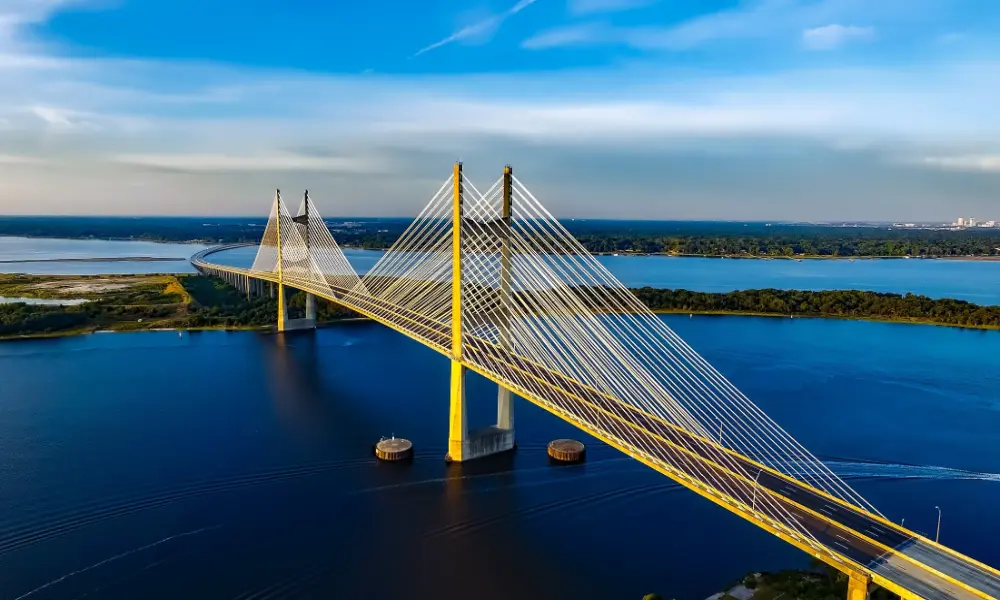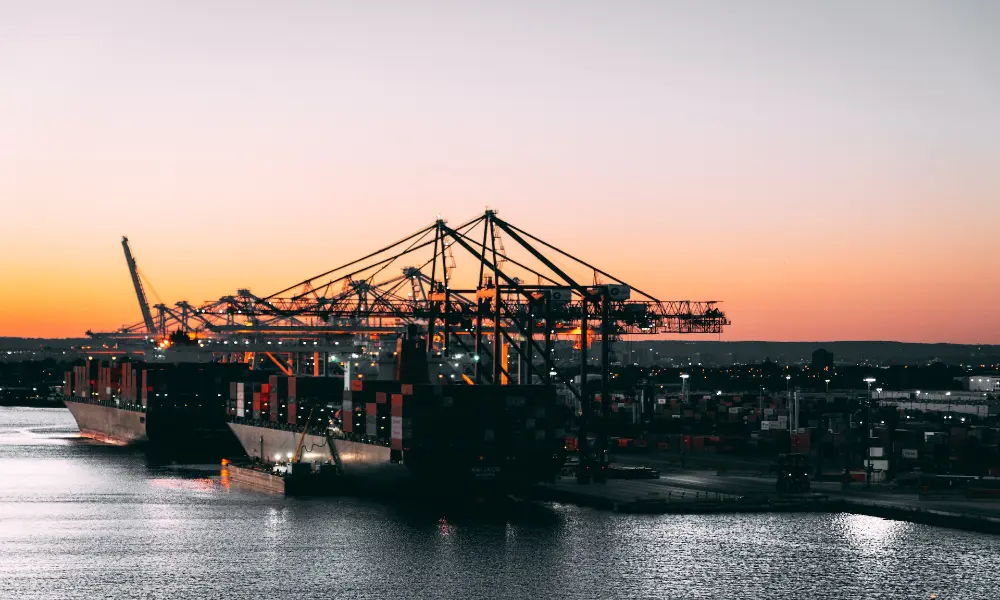The Echoes of ANCO Duke Tragedy
Nearly 45 years have passed since the catastrophe on the ANCO Duke, where seven crew members tragically lost their lives at the bottom of the tank they were cleaning. Captain Dave Watkins, Deputy Director of the confidential near-miss reporting service CHIRP Maritime, recalls, “All the crew felt this terrible loss of life and took on tank entries with a heightened safety focus.” While enclosed space fatalities have declined, the maritime industry continues its pursuit to mitigate these incidents further.
A Proven Leader’s Perspective on Enclosed Spaces
Captain Watkins boasts an extensive background in chemical and VLCC tankers, serving as an officer, master, and firsthand participant in hundreds of enclosed space entries on various vessels. His strict adherence to enclosed space entry protocols signifies his unwavering commitment to safety. He states, “You’re at the bottom of a 100-step ladder. It can feel claustrophobic and fearful when inside 30,000 cubic meters of a VLCC, ballast tank, or forepeak tank. What reassures you is your trained crew working as a unit with everyone looking out for each other.”
Implementation of Rigorous Safety Protocols
For crew members engaged in tank work, safety is paramount. Ensuring ample rest and avoiding rush or pressure is crucial. Watkins adds, “When tank inspections are carried out, your sole focus is just this job, nothing else. No conflicting work activities are taking place; the sole focus should be on the men and women working in the tank.” Additionally, an experienced communications specialist must act as a spotter, prepared to initiate emergency responses swiftly.
Emphasizing the Importance of Adequate Drills and Training
Captain Sundeep R Sequeira, Area Sales Director for training provider OneLearn Global, accentuates the significance of appropriate drills and the distinction between reaction and response. “A well-planned and executed response can inspire confidence, and trust among the crew, and reinforce the importance of safety protocols.”
Human Behavior’s Role in Enclosed Space Issues
Raal Harris, Chief Creative Officer at Ocean Technologies Group, addresses the crucial element of human behavior in enclosed spaces. “As human beings, we have a blind spot for dangers that we cannot see, touch or hear.” Our instinctive impulses can lead to tragic consequences, stressing the need for proper safety education and adherence to established protocols.
InterManager’s Initiatives and the Future of Enclosed Space Safety
Between 1999 and 2023, InterManager data reported 347 fatalities in enclosed spaces. Their research indicates that the IMO Resolution A1050/27 and the Code of Safe Working Practices are often confusing. Captain Kuba Szymanski, Secretary General of Intermanager, notes that the IMO has recently committed to reviewing guidance governing safe working in enclosed spaces. This review’s results are anticipated to be revealed at MSC107 in June 2023.
In conclusion, effectively addressing the multifaceted challenges of enclosed space safety requires collaboration and attention to design, construction, gas evolution, entrapment, and human behavior. A robust understanding of the inherent dangers and necessary safety procedures is vital for everyone involved in the command chain. This collaborative effort is essential in diminishing fatal incidents and fostering a secure maritime environment.



